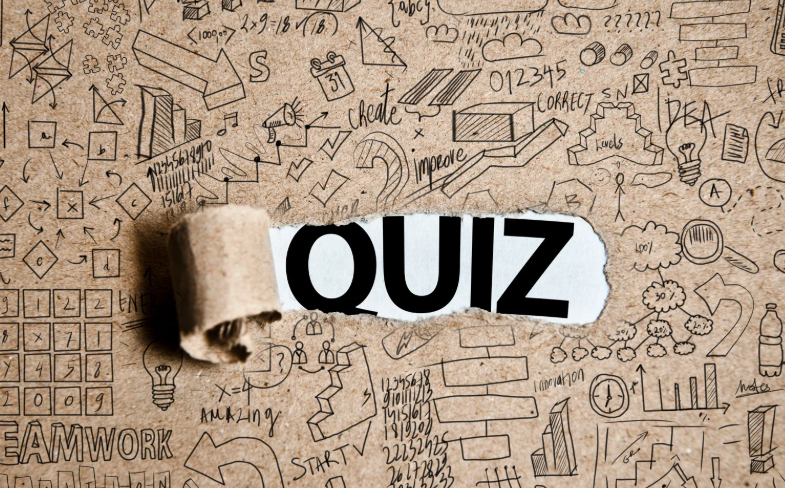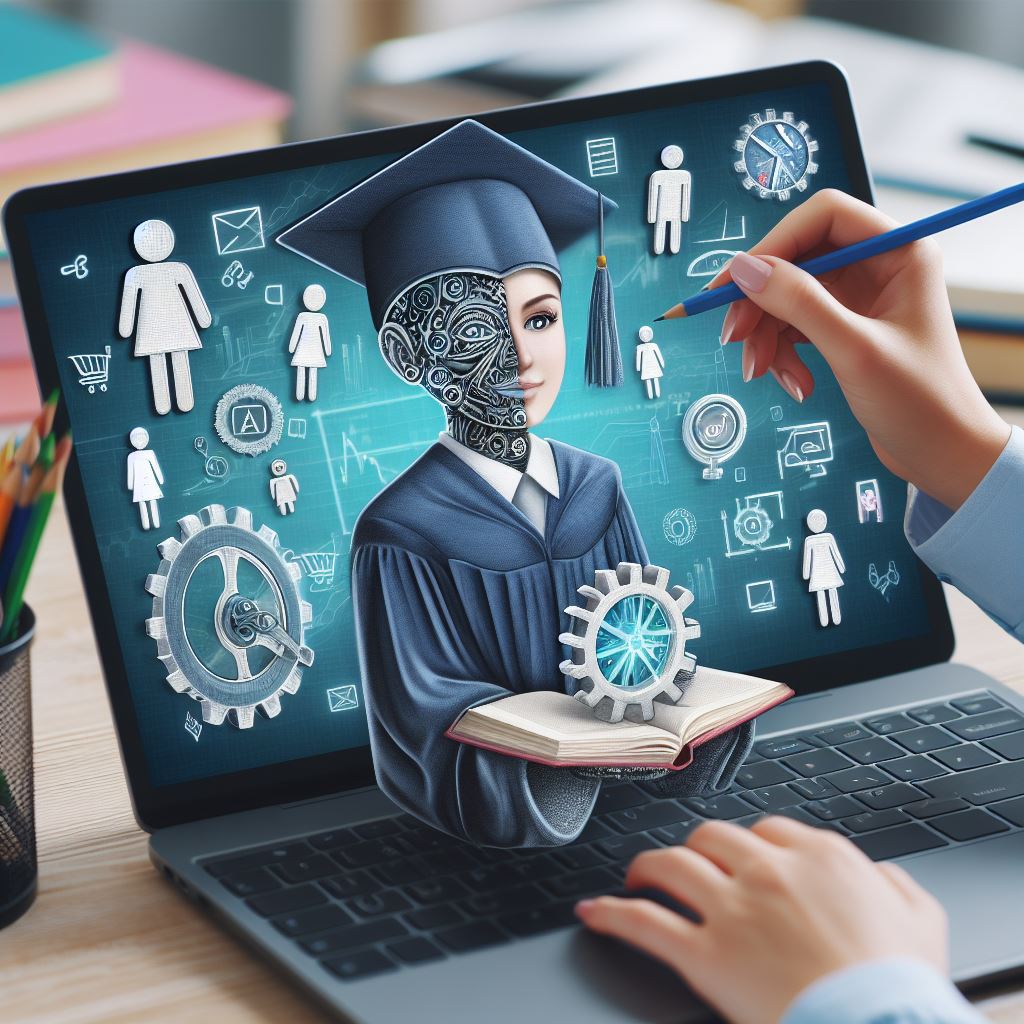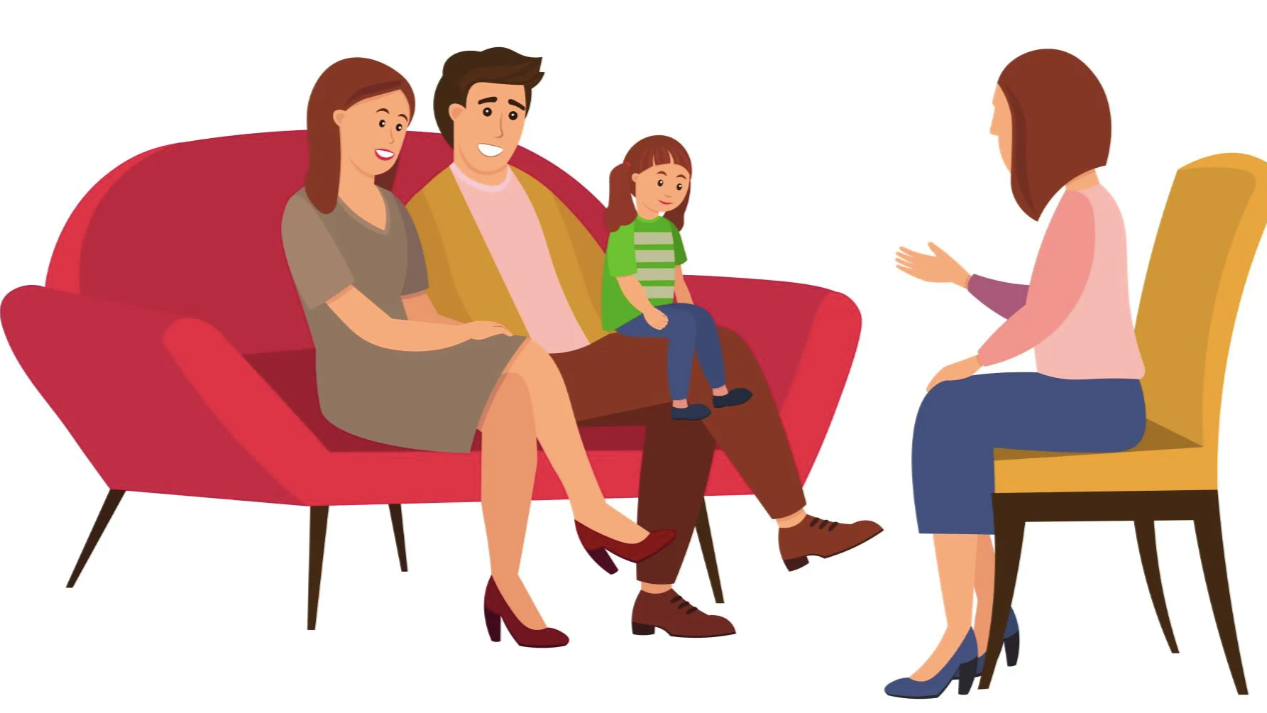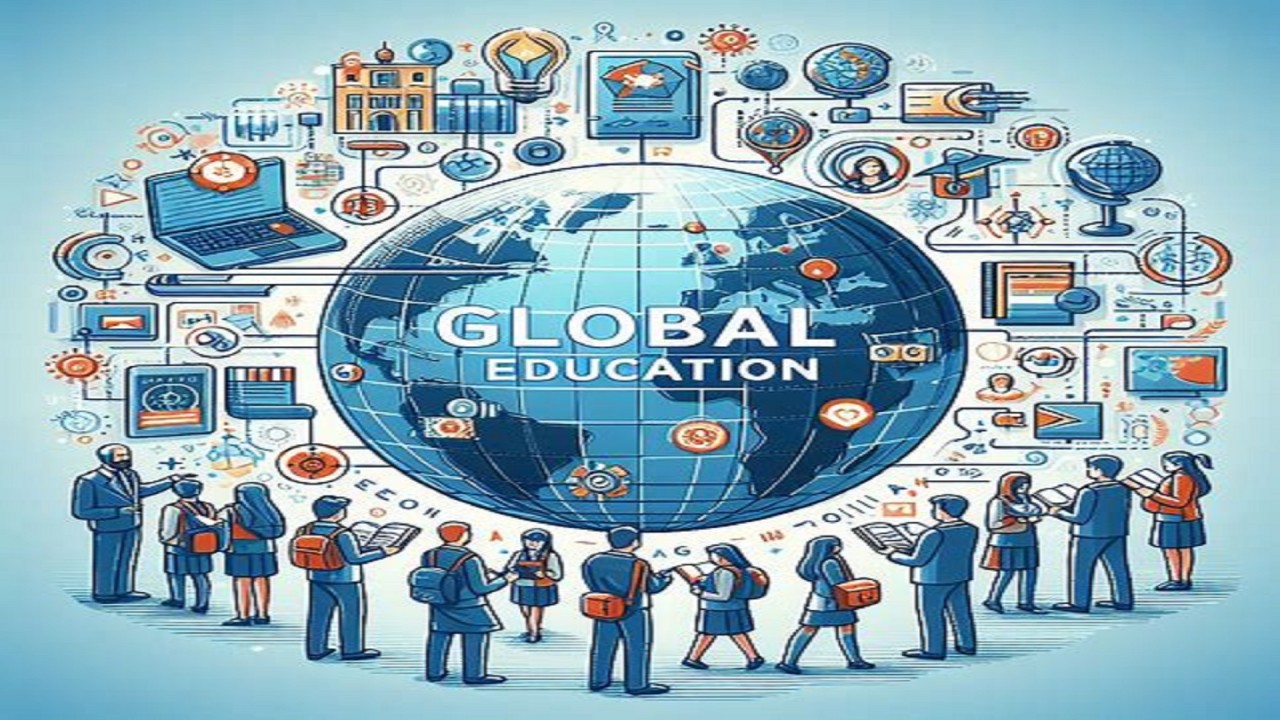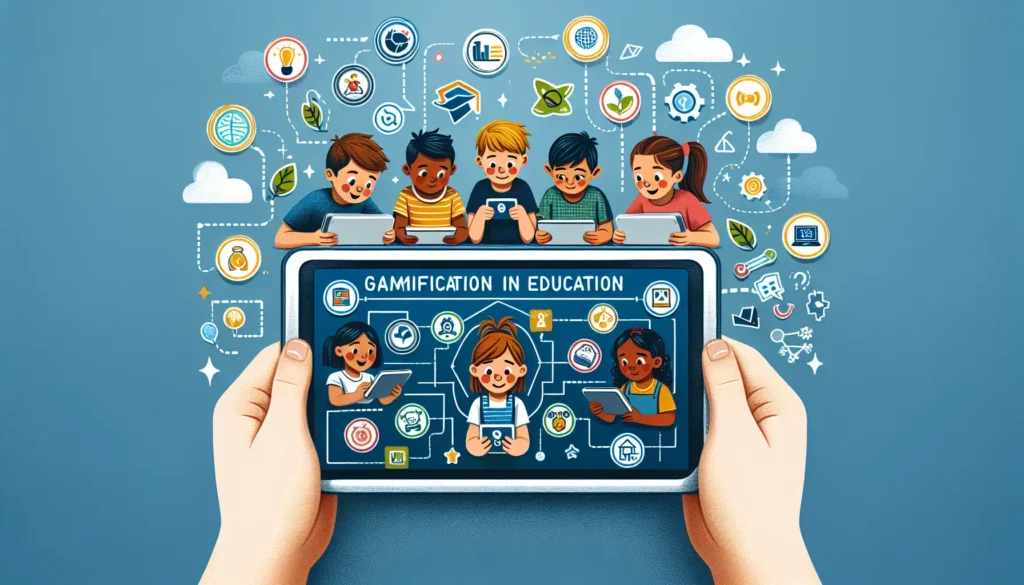
Digital media is no longer just a social
tool—it is a key driver of modern education in the Gulf. From online classrooms
to interactive learning platforms, technology is reshaping how students engage
with knowledge.
Educational institutions are using digital
media to enhance classroom experiences. Video tutorials, simulations, virtual
labs, and gamified content make abstract concepts tangible, while collaborative
tools like discussion forums and digital whiteboards foster interaction among
students.
Social media platforms are also being
leveraged for educational purposes. Teachers create closed groups to share
resources, conduct polls, and engage students in debates and discussions. These
platforms help maintain communication outside the classroom, providing
real-time feedback and continuous learning opportunities.
Moreover, digital media enables global
exposure. Students can attend webinars, access international research, and
participate in online competitions, expanding their horizons beyond local
curricula. Adaptive learning software tracks performance, identifies
weaknesses, and customizes content, allowing personalized learning journeys.
However, educators need to strike a balance.
Overreliance on technology can lead to distraction, while insufficient training
may limit its effectiveness. Therefore, professional development for teachers
and digital literacy for students are crucial to maximizing the benefits of
digital media in education.
In conclusion, digital media is transforming Gulf education from passive reception to active engagement. By integrating technology thoughtfully, schools can enhance learning outcomes, build essential 21st-century skills, and prepare students for a competitive global landscape.

.jpg)

.jpeg)

